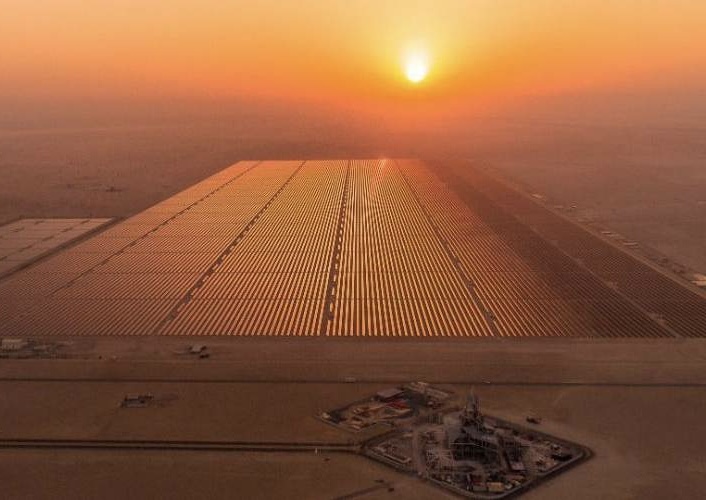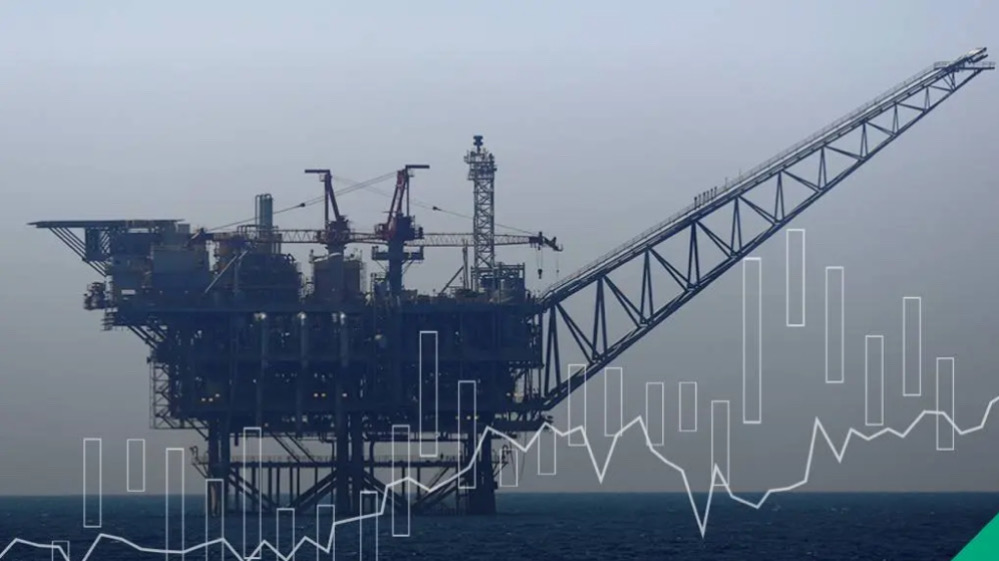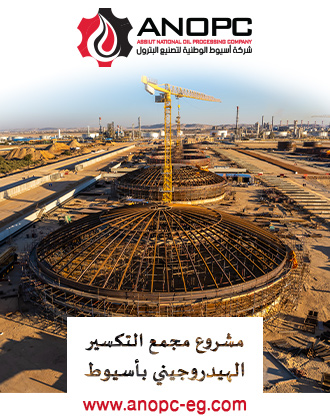Reports
Oil and gas sector to boost investment in the energy transition, says DNV GL
Published on : 2020-01-22

While two thirds (66 per cent) of senior oil and gas professionals are confident of industry growth in 2020, this is down 10 percentage points from the 76 per cent recorded in 2019 – the peak of a surge in confidence from a low of only 32 per cent in 2017. Under half (46 per cent) of respondents think that more large, capital-intensive projects will be approved this year compared to 2019, down from two thirds (67 per cent) last year.
New Directions, Complex Choices: The outlook for the oil and gas industry in 2020 is based on a survey of more than 1,000 senior oil and gas professionals and in-depth interviews with industry executives. Now in its 10th year, DNV GL’s research assesses industry sentiment, confidence, and priorities, and provides expert analysis of the key challenges and opportunities for the year ahead.
Capital may not flow as freely into large oil and gas projects in 2020, but companies operating across the industry’s value chain expect to boost investment this year in areas that will allow them to forge a long-term position in the energy transition. Those reporting that their organization is actively adapting to a less carbon-intensive energy mix jumped to 60% in 2020 from 44% two years ago.
While the sector’s growth hangs in the balance for 2020, oil and gas leaders are optimistic that they will weather the storm, drawing on hard-earned cost efficiencies from the past five years to make margin. Some 64 per cent predict their organizations will hit profit targets this year (largely consistent with 62 per cent in 2019), and nearly half (46 per cent) say their companies would still achieve acceptable profits if the oil price were to average less than US$50 per barrel. This is a large proportion, given that only one of the past 15 years (2016) saw annual average prices under US$50 a barrel.
“While the industry is experiencing persistent uncertainty, growing complexity, and new risks, we also see an industry taking bold decisions, building greater efficiencies and rising to long-term challenges as the world pivots towards a lower carbon energy future,” said Liv A. Hovem, CEO, DNV GL - Oil & Gas. “Our research shows that the oil and gas industry has placed decarbonization at the centre of its agenda, and it will remain a priority despite uncertainty from volatile market conditions and stalling expectations for industry growth in 2020.”
DNV GL’s research shows that more oil and gas companies than ever are taking action to decarbonise, with the proportion expecting to increase or maintain investment in decarbonisation rising sharply from 54 per cent to 71 per cent in just 12 months. Significantly, they are pursuing multiple routes, including diversifying into renewable energy, decarbonising oil and gas production, and increasing investment in decarbonised gas such as hydrogen (produced from electrolysis and renewables, or from natural gas combined with carbon capture and storage).
Oil and gas companies’ plans to increase investment in renewable energy sources is up from 34 per cent in 2019 to 44 per cent in 2020. Offshore wind leads this effort, with 63 per cent of organisations expecting to increase their investment, up from 40 per cent last year.
The industry’s intentions to increase investment in the hydrogen economy has more than doubled in a year. 42 per cent of respondents said they would boost spending in this area for 2020, up from 20% for 2019.
Oil and gas will be needed in the energy mix for decades to come – forecast to account for 46 per cent of the world’s energy mix in 2050 compared with 54 per cent today, according to DNV GL’s 2019 Energy Transition Outlook. This forecast overshoots the 1.5°C target set out in the Paris Agreement in 2028.
“More and more people in our sector are realizing that we cannot sit and wait for the perfect solution to jump to a completely decarbonised energy system. The industry will emit too much CO2 in the meantime, so we have to start working on decarbonising the oil and gas sector with the technologies we have already in order to meet national and international climate goals,” Hovem said.
Cost efficiency will be the top priority for nearly one third of senior oil and gas professionals’ organizations (32 per cent), up from 21 per cent a year ago. Eight out of ten (81 per cent) respondents believe the industry needs to develop new operating models to achieve further cost efficiencies, recognizing the fact that much of the more obvious cost-cutting has already taken place following the 2014 oil price crash.
Almost all respondents (92 per cent) expect their organization to increase or maintain spending on digitalisation in 2020. Senior oil and gas professionals who believe their organization is an industry leader in digitalisation are more confident in their organization’s prospects, more resilient to volatility in the oil price, and are pursuing greater investment in the energy transition.







